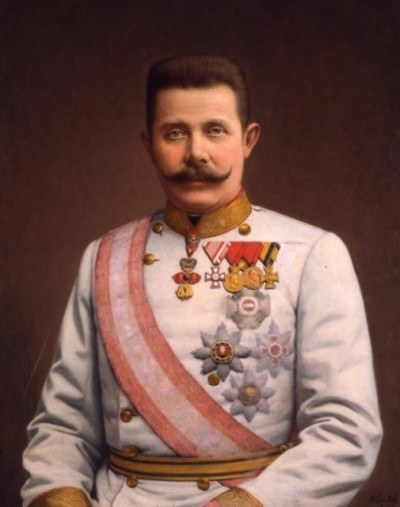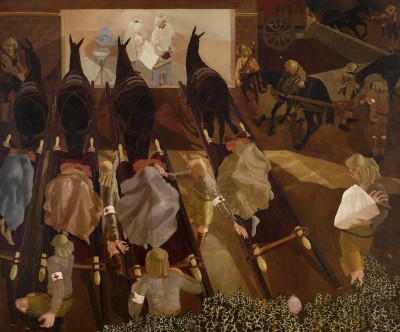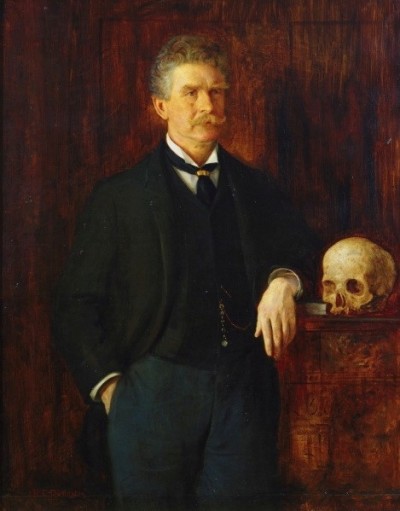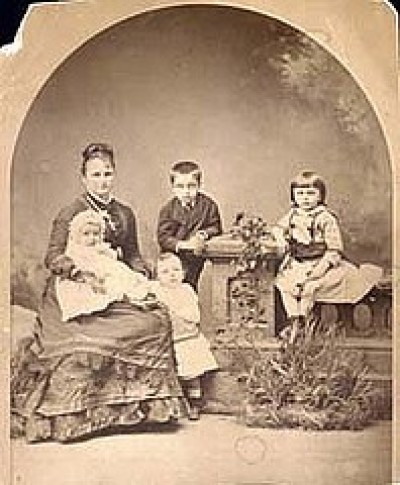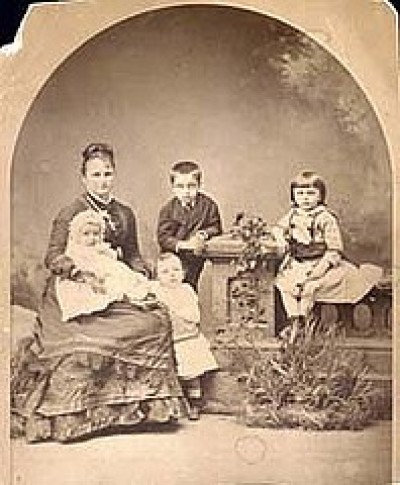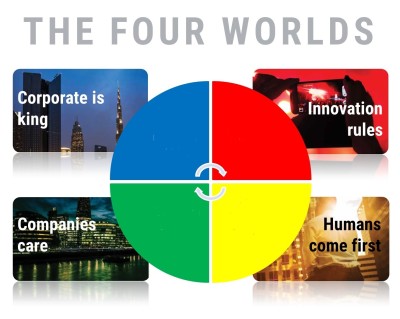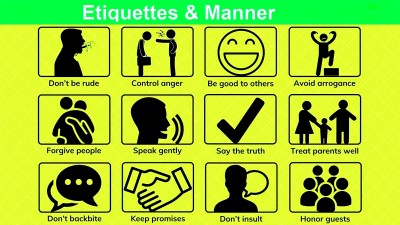Course description
The Partition of India: A Bloody Tale in the History of Mankind
The story of India’s struggle for independence from Britain after nearly two hundred years is very well-known. India had long been known as ‘the Jewel in the Crown’ of the Empire. In the late nineteenth century, Queen Victoria became an empress on the strength of British rule in the subcontinent. Tales of the mystical East were as much part of the English schoolchild’s education as the novels of Charles Dickens. The British economy had boomed because of the export of textiles to India from the factories of northern England. Similarly, the landscape of the major cities was markedly British, with the Gateway to India in Mumbai and the Victoria monument in Kolkata only the most obvious examples of the British influence on the subcontinent. Spices, muslin, silk and many more commodities were traded all over the world by the British.

Yet, as Robert Clive stated after the Battle of Plassey in 1757, there was sure to be a rebellion within a century. The First War of Indian Independence began with the Bengal Army and led to the deaths of thousands of British men, women and children and horribly bloody reprisals by the British Army. It also meant the end of the last Mughal dynasty, with the Emperor Bahadur Shah Zafar sent to live out his last years in Burma.
There followed a freedom struggle which lasted another ninety years and produced some of the most important figures in world history: Mohandas Gandhi, Jawaharlal Nehru, Mohammad Ali Jinnah, Subash Chandra Bose and many, many others. There were also terrible atrocities, such as the Massacre at Amritsar in 1919 and the Bengal Famine of 1943. Tens of thousands of Indian soldiers died on European battlefields in the First and Second World Wars and, yet, these wars also led to the British, exhausted by years of fighting, finally agreeing to the freedom fighters’ demands for independence – probably because the British no longer had the manpower or the money to administer so vast a land, especially when it was clear that the Indian people had no wish to be governed by foreigners. Many Indians had fought and died for the British and their allies in the Second World War and now expected their reward. This is the story of the process of independence and the Partition of India into two separate states.

The British finally left India in August, 1947. The Partition of the country also saw the largest migration in the history of civilization. More than 10 million people migrated from their homes to settle many hundreds of miles away from their friends and neighbours. They left behind their homes, their businesses, their land. They could only take with them what they could carry.
This Partition also saw bloody riots and massacres which ended more than one million lives. The violence was also the main reason for the division of the western region of Punjab into Indian and Pakistani areas of control.
India was to be the homeland of the Hindu majority and Pakistan of the Muslim minority. It was decided that those areas with more Muslims anywhere in the subcontinent would be Pakistan and those with a Hindu majority India. As such, Hyderabad in the middle of the Indian plains was to be part of Pakistan, for example. Needless to say, this was impractical and the borders that we know today were those that were finally decided upon.
There is a paradox though. Pakistan was created for the Muslim majority, but most Muslims remained in India rather than migrating there. Pakistan, of course, also had two parts: East Pakistan (present-day Bangladesh) and West Pakistan.

The idea of a Pakistan was not preplanned. It emerged in the late 1930s. Some claim that Muslim political leaders proposed this idea to keep a hold on power over the vast Muslim population in India. They could not believe that a Hindu-dominated government could treat Muslims equally and were afraid of discrimination and revenge attacks. After all, there had been many communal riots and massacres leading up to independence in the 1940s, when Gandhi had famously sworn more than once to fast until death if the fighting did not come to an end.
The proposed date of the transfer of power into Indian hands was June 1947 but this was postponed by a couple of months until August. Before handing over the responsibility for government, several meetings were held between the British and major Indian political parties like the Muslim League and Indian National Congress. This was a long and complicated affair, as the maharajahs and sultans also had to be consulted in those parts of India, where they had ruled in Britain’s name.
The announcement of the independence of India and Pakistan to the world took place on 17 August, 1947, although Pakistan had already celebrated its independence day on 14th and India on 15th August.

Of course, just about every city, town and even village had both Hindu and Muslim inhabitants, not to mention Sikhs, Christians, Jains and Parsis. People, some feeling unwelcome in the homes that their families had lived in for generations, were forced to move. Families, communities, land, property, everything was divided. Hundreds of thousands of people died because of attacks on trains, transport and long lines of migrants walking hundreds of miles to the countries they were often visiting for the first time but were soon to call home. The British, aware of the vast scale of the murder and destruction, were asked by Indian leaders to intervene but refused to do so. Somehow, however, they managed to avoid the responsibility for the horrific bloodshed.

There is a debate about why both the British and Indian leaders did not spend longer trying to arrive at a more reasonable and lasting deal regarding the border between India and Pakistan. The only possible answer is that, after the Second World War, neither side was in the mood to wait. They took an immediate but ultimately unwise decision to put an end to the uncertainty. The violence in India was getting worse and Britain, already devastated by war, had no wish to become involved in more fighting. Mohammad Ali Jinnah’s ‘Direct Action Day’ on 16th August, 1946, a pressure tactic to demand the creation of Muslim Pakistan, had already led to hundreds of deaths, as the British were unable to control the angry mobs. As a result, the British took the immediate decision to partition India and Pakistan, along the borders we know today, borders which have led the two countries to go to war three times since 1947, over Kashmir.
The creation of Pakistan was largely supported by Muslim elites in Punjab and Sindh. They supported it because they believed it would enable them to keep control of the Muslim population and their own states without opposition. Poor people from East Bengal (now Bangladesh) also supported it because it gave them the chance to get rid of the Hindu moneylenders.
However, almost 90% of the industries remained in India, where the economies of both East and West Pakistan were dependent on agriculture. The most important cities like Delhi, Bombay, Calcutta were also in India.

Yet the newly independent India faced major challenges too, some of which were evident even before the Second World War. The country suffered from chronic unemployment, which also led to food shortages and, later, a famine in Bengal in 1942. More than three million people died from starvation. Indian industry had almost ceased to exist because the British used India as a market for its own produce. (You will remember that Gandhi encouraged people not to wear clothes manufactured in the mills of northern England but to make their own homespun clothes as a means of putting pressure on the British to leave India!)
Muslims who migrated to Pakistan from India had to face so many difficulties to earn a living as well. There was also ethnic conflict in Sindh.
The death of Mohammed Ali Jinnah in 1948 caused huge problems for Pakistan to maintain their newly gained independence. The conflict over Kashmir led to war between India and Pakistan. This conflict opened the way for the military in Pakistan in 1958 to take over the control of the administration. This military take-over later contributed to a civil war between East Pakistan and West Pakistan, also known as the Bangladeshi Liberation War.

After the murder of Mahatma Gandhi on 30 January 1948 things became more complicated in both countries. Ethnic conflict still continued and people died due to the religious conflicts in both nations. For instance, Sikhs demanded an independent state in the 1980s which caused a great deal of bloodshed and led to the Indian government storming the holiest Sikh site, the Golden Temple in Amritsar, on the orders of Indira Gandhi, the Prime Minister. Her Sikh bodyguards soon after assassinated her in an act of revenge. Similarly, in 1992, there was violence against the Muslim minority which led to the destruction of mosque in Ayodhya. Then, the involvement of the current Indian Prime Minister, Narendra Modi, in the communal riots in Gujarat in 1994, in which a thousand Muslims died, is often debated. The fate of Kashmir is still uncertain, as nothing had been done to determine this after the British left India. Now, Modi is taking action to seize the whole of the state.
So, Partition may have been the only way forward in 1947 but the clumsy way in which it was managed still causes many problems to this very day and probably will for a long time to come!
If you want to watch some videos on this topic, you can click on the links to YouTube videos below.
If you want to answer questions on this article to test how much you understand, you can click on the green box: Finished Reading?
Videos :
1. Partition of India and Pakistan (3:32)
2. Partition of India & Pakistan (5:42)
3. Lahore - Refugees from India (1947) (3:40)
4. The creation of modern India and Pakistan (5:16)
5. Real Video of 1947 India Pakistan Freedom & Dividation (6:26)
6. India's Partition: The Forgotten Story (3:17)
7. Remembering Partition: 70 years since India-Pakistan divide (5:31)
8. Partition 70 years on: A primer (3:56)














